
AI Agent Development Services
Advanced AI solutions for your business
Business goal alignment
Most RAG projects fail because they solve wrong problems. Get to the heart of the issue with our structured discovery workshops. IIBA-certified Business Analysts identify atomic wins, define success metrics, and test assumptions with a sandbox prototype.
AI output validation
We use multi-layer checks to prevent plausible but dangerous errors and actions based on hallucinations. These checks include reverse validation, automated factuality checks, source document match, and human feedback mechanisms.
Clear reasoning
LLMs can easily jump to conclusions without external validation. We provide the necessary validation using ReAct and custom chain-of-thought. The tasks are broken into modular steps using LangChain agents. At every step, the agent logs its reasoning for extra transparency.
Risky action guardralis
MindK fine-tuning increases the aversion to unsafe actions. Any agent-initiated action is assigned a risk score using LangChain. A multistep planner-reviewer first simulates any risky actions in a “dry run” mode. Critical decisions require human approval or get blocked with code/prompt constraints.
Trusted by



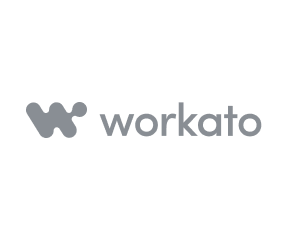
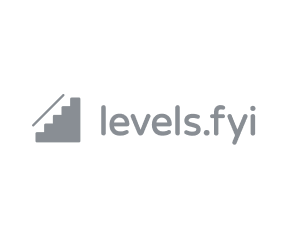

Industry-specific AI agents
Healthcare
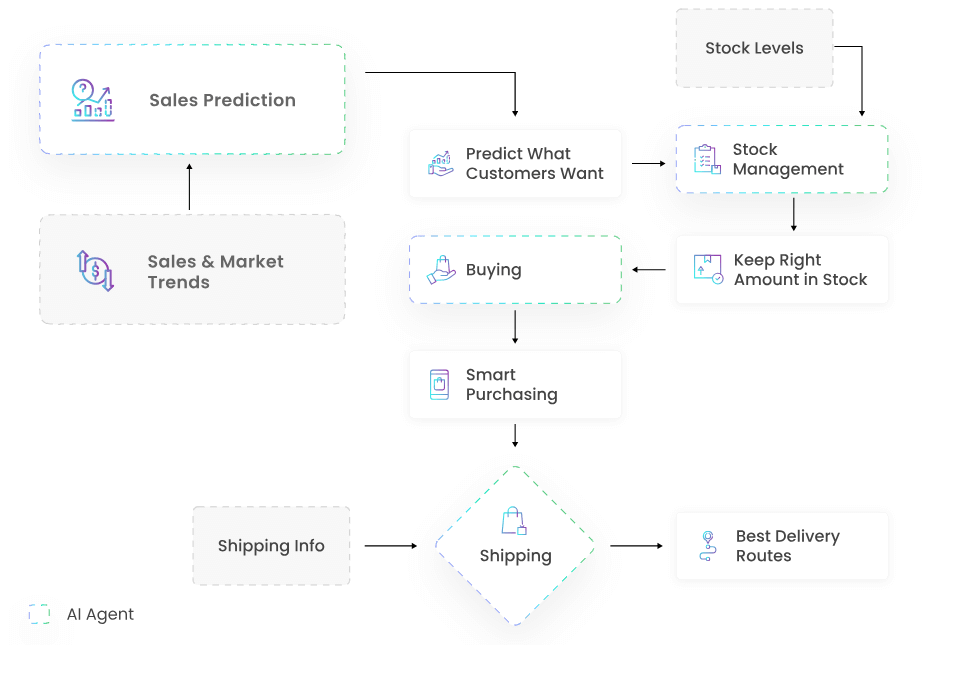
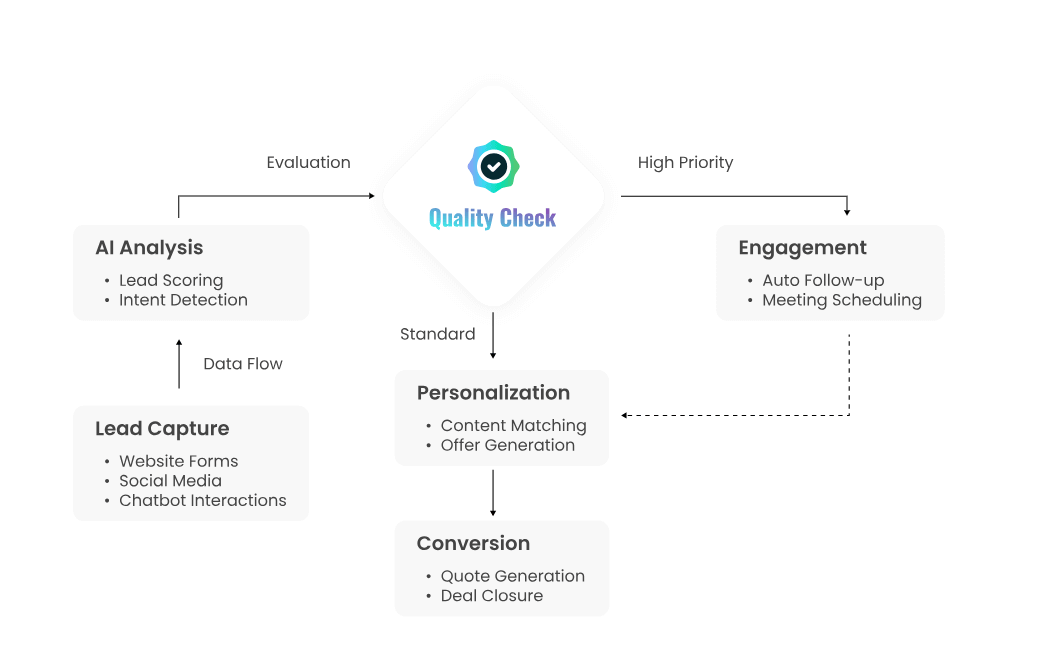
Insurance
Advertising
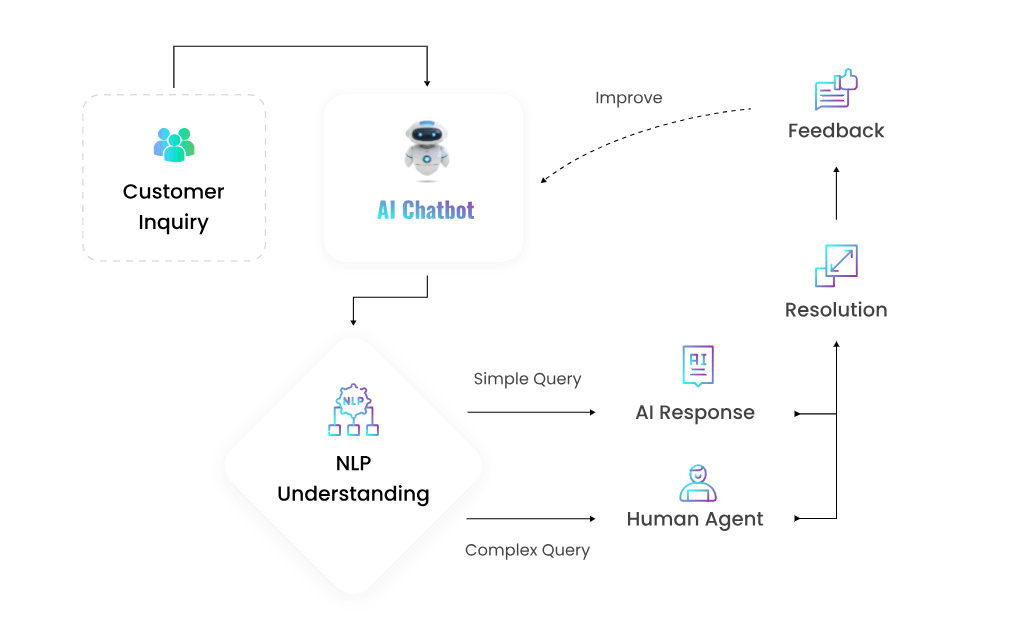
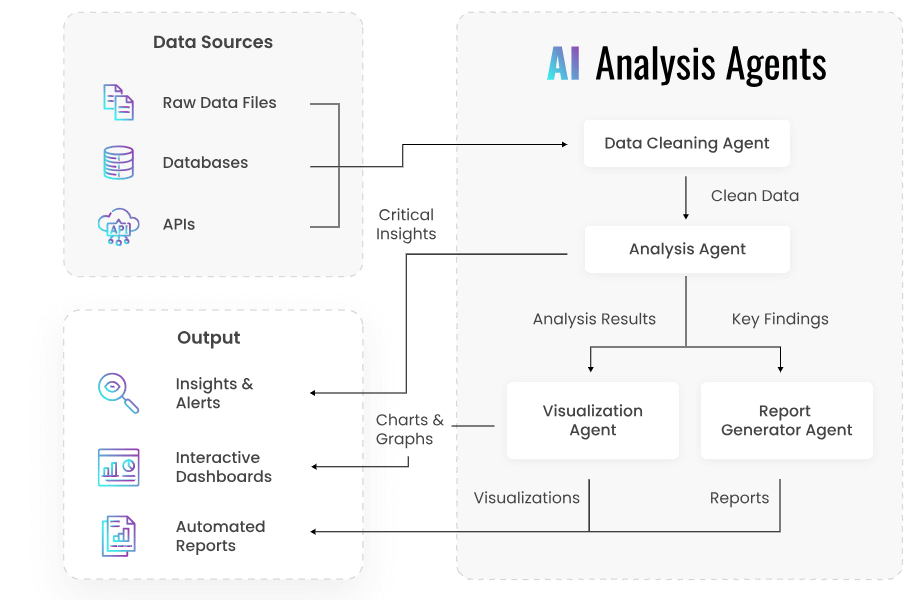
Finance & Accounting
HR & Recruiting
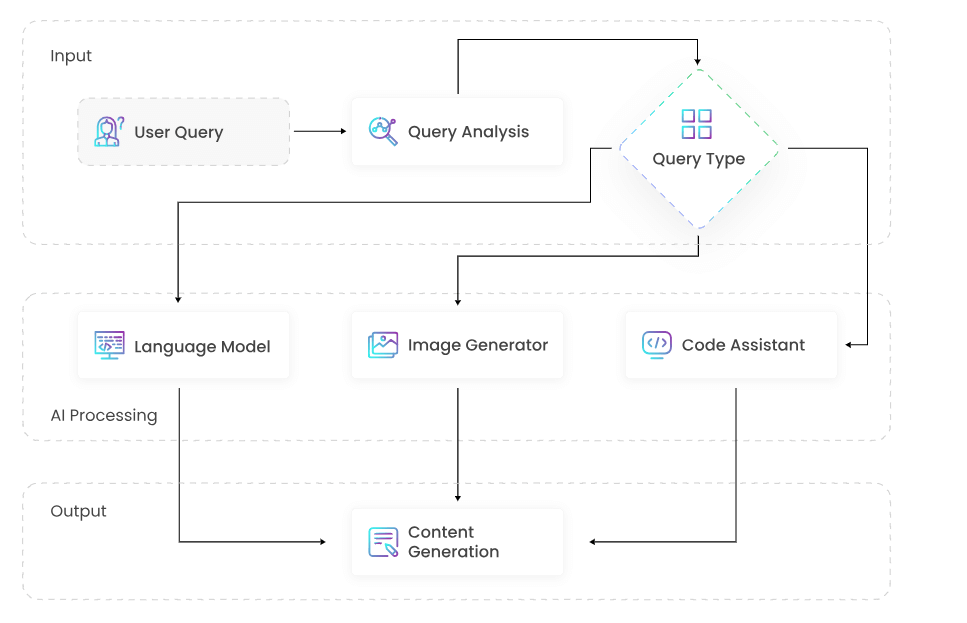
AI discovery workshop
We interview stakeholders and run workshops to clearly understand your goals and business context. Our engineers analyze your current systems and integrations, while professional Business Analysts define user needs, technical constraints, and measurable success criteria.
What you get: detailed requirements, use-cases, risk assessment, and cost estimate.
Design & data preprocessing
The next step is to define a viable AI solution that meets the requirements. This includes a feasibility study, feature definition, technology selection, architecture design, as well as planning of scalability, performance, and security measures. The team then collects, validates, and transforms data from structured/unstructured sources. We also label or annotate the data if needed for fine-tuning.
What you get: solution architecture, feasibility assessment, development plan, preprocessing pipeline, prepared datasets, and vector databases.
AI agent development
The team chooses the best LLMs for the task, fine-tunes, and optimizes them for domain-specific accuracy. The fine-tuned models are then evaluated against performance metrics. We then set up a robust retrieval pipeline, LangChain orchestration logic, enterprise integration layer, and the front-end interface users will interact with.
What you get: fine-tuned LLM, RAG layer, secure APIs integration layer, front-end interface, documentation, user acceptance testing (UAT).
Infrastructure setup
DevSecOps engineers provision a robust and secure infrastructure (AWS/Azure/GCP/on-prem) to deploy the AI agent. They implement the best security practices (encryption, IAM, compliance audits) and deploy the agent with Terraform and Kubernetes.
What you get: scalable infrastructure, compliance documentation, security assessment.
Testing and validation
The QA team ensures the accuracy, reliability, and compliance of the AI before it goes live. This step includes functional testing, performance testing, vulnerability scans, penetration tests, and culminates with user acceptance testing (UAT).
What you get: QA reports, performance benchmarks, security, and vulnerability reports.
Deployment and monitoring
The final step begins with the agent going live. We continue monitoring the AI performance and metrics to resolve any issues quickly. The team periodically updates data sources, embeddings, and knowledge bases and fine-tunes the agent based on feedback.
What you get: production-ready AI, support, monitoring dashboards, ongoing updates.
AI frameworks and orchestration
Biomedical & computer vision
Data management and retrieval
API gateways and integrations
CI/CD and DevSecOps
Monitoring and logging
What
our
clients
say
Let's work together
Send us a brief description for your challenges. Within 24 hours, AI agent development company will contact you to set up a free discovery call.
FAQ
- How long does it take to launch a custom AI agent?
Initial version in 3-6 weeks for most use cases. More complex deployments with integrations and fine-tuning take 8-12 weeks. We use agile delivery with early access milestones.
What kind of input/data do you need from our side?
- Can your AI agents integrate with our existing systems?
Yes. We offer API-first architecture with connectors for Salesforce, HubSpot, Workday, Greenhouse, Zendesk, and custom internal systems via REST, GraphQL, and event-based triggers.
- How do you protect sensitive data?
All data is encrypted in transit and at rest (AES-256/TLS 1.2+). We support role-based access controls, isolated environments, zero-retention model options, and deploy in client-owned VPCs if required.
- What are the potential savings that result from your AI agent development services?
Clients typically cut response times by 60–80%, reduce manual task load by 40–70%, and eliminate repetitive knowledge retrieval. ROI is usually seen within 6–12 weeks of deployment.
- What kind of input and involvement is expected from our internal team?
Our AI agent development company usually needs access to existing documents (FAQs, SOPs, profiles, APIs), typical user queries, system integration details, and your desired response standards.
We’ll also need 2-4 hours a week from 1-2 stakeholders for feedback, access, and validation.
Our team handles the rest, including data ingestion, infrastructure setup, and end-to-end deployment.
- How do you ensure high accuracy with minimal hallucinations?
We use retrieval-augmented generation (RAG), enforce source-grounded responses, apply hard/soft validation thresholds, and fine-tune models when domain precision is critical. Every output is traceable back to the source.
- What are the limitations of advanced AI agents?
Despite its advantages, employing RAG or similar retrieval-augmented technologies comes with considerations:
Data Quality: requires high-quality, regularly maintained knowledge bases to ensure effective retrieval.
Infrastructure complexity: necessitates additional infrastructure for indexing, retrieval, and storage (e.g., vector databases, embeddings management).
Latency: retrieval processes add latency; optimization is crucial for responsiveness.



























